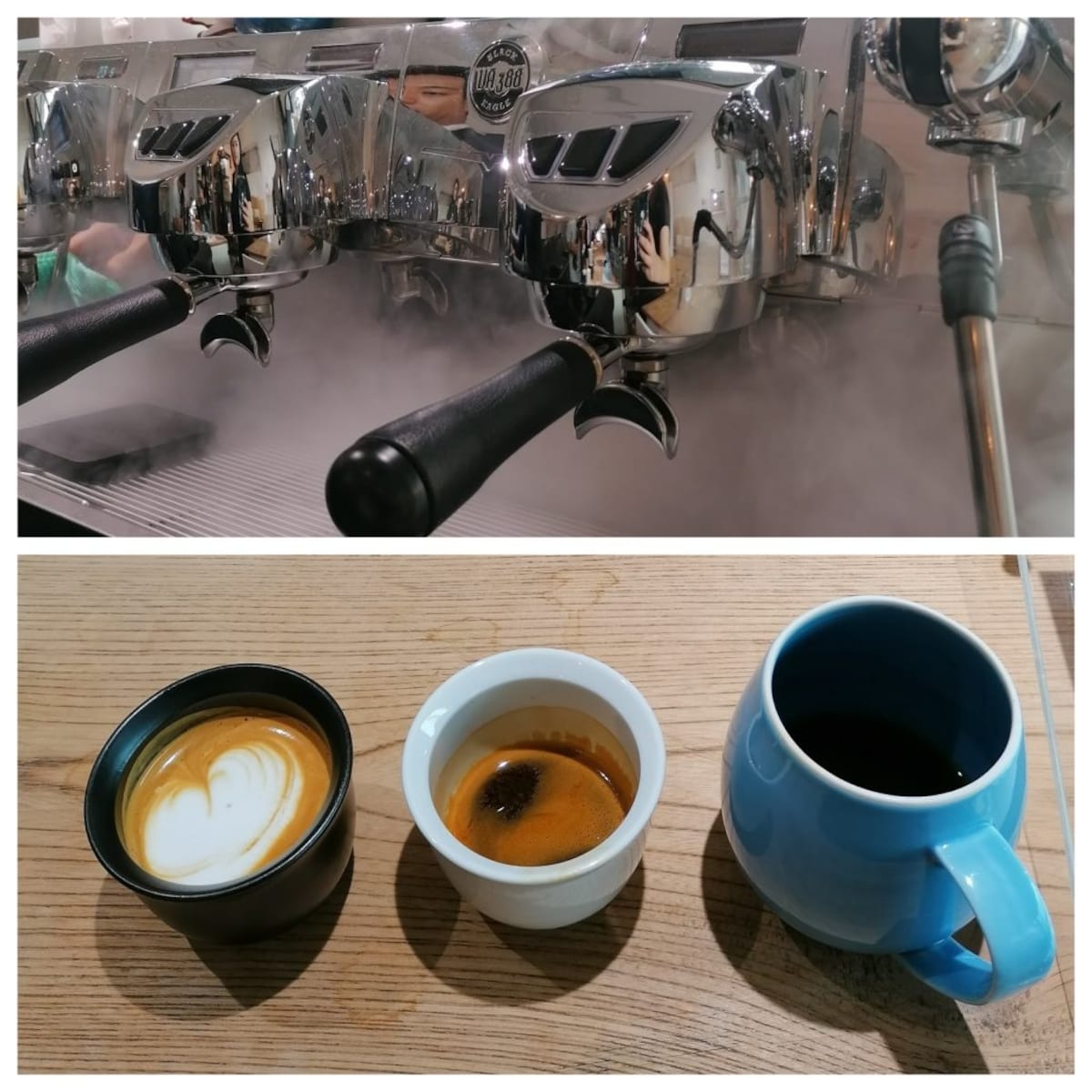Can Coffee Champion Make Me Like Drip Coffee?
I was asked by the Tokyo Survival Challenge to give drip coffee one last shot by meeting Japan’s master brewer and trying his revolutionary 4:6 brewing method. Will that drip drop down to my espresso-loving heart?
By Tokyo Survival ChannelTetsu Kasuya’s 4:6 Method for Drip Coffee
Tetsu loves working with numbers. An IT consultant turned coffee barista; he obsesses not only over learning how to brew the best coffee but quantifying his findings into a formula that anyone can replicate.
It’s Tetsu’s signature method that shook up the Brewers Cup in 2016 and has gone on to become a preferred pour-over technique among many professional baristas across the world. It came as a shock to onlookers when Tetsu stopped pouring mid-brew at the competition as conventionally it was thought coffee grounds should always be immersed. His method proved that assumption wrong.
In the 4:6 method, Tetsu divides the water into five pours with pauses in between, measuring every pour and timing the whole affair. By experimenting with how much water you pour each time, you can achieve different flavor profiles and strengths from the same beans.
https://youtu.be/wmCW8xSWGZY
Ingredients
• 20 g coffee beans
• 300 ml of purified water
Method
1. Coarsely grind the coffee beans.
2. Heat the water to 92°C (198°F).
3. Wet the paper filter with heated water; discard the water from the carafe.
4. Pour the ground beans into the paper filter.
5. Measure 60 ml of water and pour over the beans. Let the water completely filter its way through the beans before proceeding to the next step.
6. Repeat Step 5. You can adjust the water ratio between Steps 5 and 6 to experiment with sweetness and acidity; the total volume of water between the two steps should equal 120 ml.
7. Pour in the remaining 180 ml of water. The standard is to add 60 ml at a time, but you can adjust each pour’s volume as long as the total volume is 180 ml. Dividing the entire volume into more pours will make the coffee more potent while adding more water at once will weaken it.
Other tricks include the spiral ribs on Tetsu’s Hario V60 Dripper and wetting the white paper filter first so that it doesn’t soak up the coffee’s flavors.
Did Tetsu’s Award-Winning Drip Coffee Win Me Over?
As we wait for the last 30 seconds of brewing to pass, I finally muster the courage to bring my preferences to the table. “Drip coffee is not my thing. I neither drink it nor make it.” Thank goodness Tetsu laughs at my confession. He tells me that there is no one correct way to drink coffee — it’s all about preferences — and those change, too. Acidity was trending in 2016, but now sweetness and juiciness are sought after, he explains as he pours the freshly brewed coffee in a cup and slides it over to me. Dozo.
The smell of pour-over coffee being brewed always causes mixed feelings. I love the overall fragrance, but the thin, acidic odor hangs over me like a cloud of disappointment. For a moment, I question whether I should lie if this coffee doesn’t win me over, but what meets my lips is not what I expect; it has more body and sweetness, less acidity. I enjoy smelling a good drip coffee but never tasting it. “I don’t like this type of brewing method,” I remind Tetsu again, “but I drank it all!”
Yes, I finished the cup — willingly. And I didn’t hate it.
A Master of More Than Drip Coffee

“So, what’s your favorite coffee preparation method?” Tetsu asks. I respond with a long-winded answer: espresso and Vietnamese coffee, and post-Ottoman coffee made in the Balkans.
This is intertwined with a soft rustle of dry beans, followed by the whir of the grinder in the background, a clink and tap of the handle, and the mechanical purr of the espresso machine. Before I can finish my ode to the cezve pot, the world champion is in the middle of making espresso for me. It’s like watching a ballet. I have happily watched many baristas prepare exactly what I want, but this is a level above.
And finally, a third cup lands in front of me, a macchiato, because Tetsu knows bitter dark coffee is enhanced by adding a little bit of milk. “I know Europeans love their coffee more intensely,” he says. He’s not wrong. Like anything, coffee is a preference, and there is no one correct way to make it or drink it.
“What’s your favorite style of coffee?” I ask.
“It’s drip, of course,” confirming my hunch.





